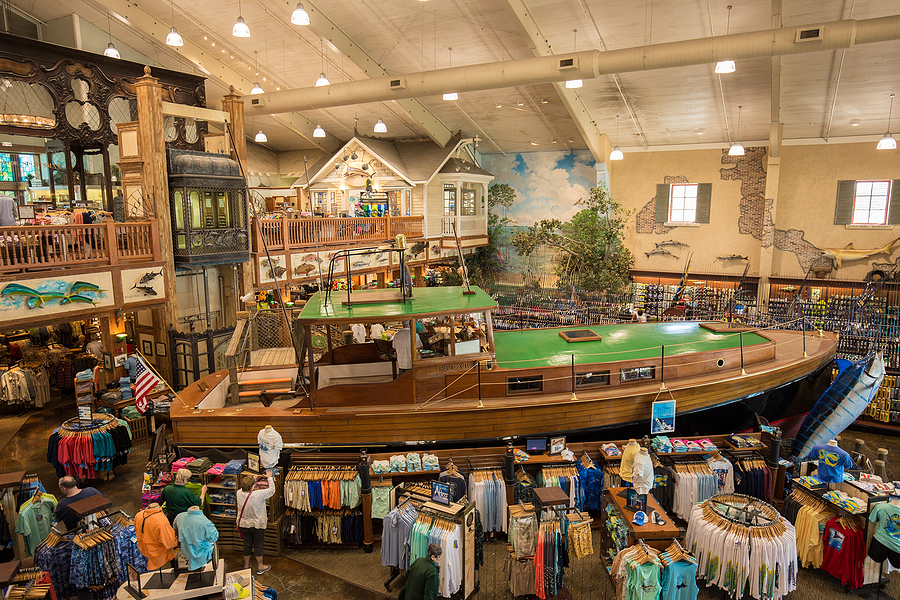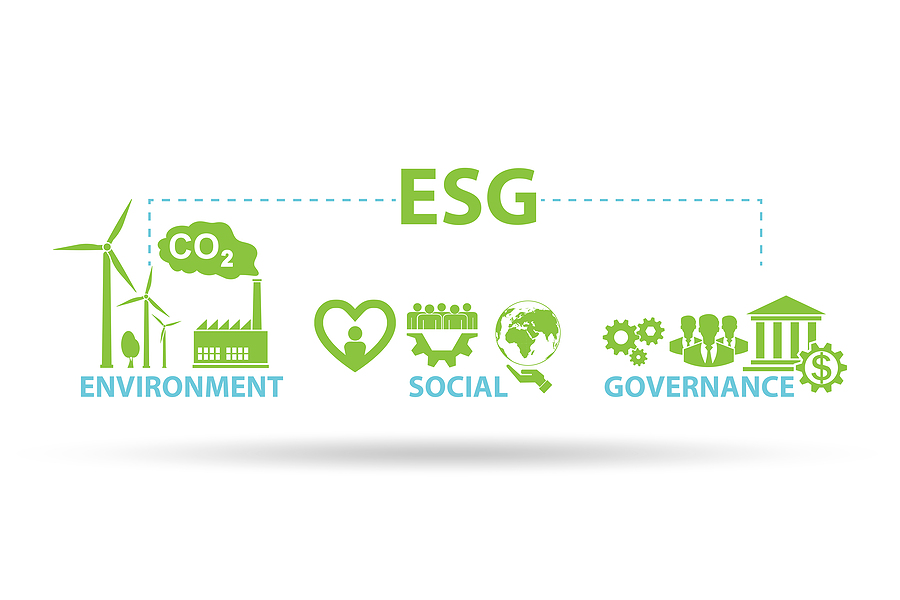
Origin Stories Bring Purpose and Brand to Life
August 29th, 2024 Posted by Emergent Brand Beliefs, Brand Design, brand marketing, brand messaging, brand strategy, Brand trust, Content Marketing, Higher Purpose, storytelling 0 comments on “Origin Stories Bring Purpose and Brand to Life”No need to focus on the bad poetry of a mission statement…
Every successful business begins with a story. Yet this critical narrative can get lost or sidelined on the path to maturity because organizations instead put too much energy into endlessly polishing their mission statement.
These statements are often generic assessments of aspirational perfumery and over-reach that does little to inform the organization’s decisions and strategies. Jet Blue famously declares their mission is to Inspire Humanity in the air and on the ground. Just how inspirational is it to be confronted with upcharges for the basics of carry-ons, seats and even pillows. Adidas hopefully states their mission is to be the best sports brand in the world. Which could easily be swapped out for furniture, fast food or fertilizer. Does this really help the organization make better strategic decisions? Not likely.
In devoting so much time and energy here, the organization is inadvertently robbed of a significant guidepost to help inform business decisions and successfully keep the organization dialed in the right direction — even through generational leadership changes. Origin stories propagate deep truths about what the business is on earth to accomplish.
Where you started charts the course for where you are going
Founder narratives explain how the company came into existence and hence are a treasure of information about the people involved and their journey to discovery.
- There’s often an ‘aha’ moment
- There are interesting characters in the storyline
- A setting to visualize
- A problem that needs solving
- And a moment of realization
Humans are hard-wired to respond to stories, especially ones featuring real people making real decisions with real stakes involved. The key ingredient in these narratives is an epiphany that caused the founder to redirect their life and pursue a higher purpose or goal.
This often gets buried as companies devote energy to mission statements they believe will better inform and guide the organization’s path over time.
Humanizing your company’s strategic direction
Your origin story is about a person or persons on a journey with an idea about how to change the world. Often there’s an experience or event along the way that serves as inspiration for starting the business. In many instances, it’s this experience that informs the shape of the brand that follows.
Air Protein and the future of food
Consider the story of former Emergent client Air Protein and how its founder decided to build the first carbon transformation-based alternative proteins company.
“More and more people are starting to consider the harsh reality of our food system as a global contributor to greenhouses gases (GHG) and climate change,” explains MIT physicist Dr. Lisa Dyson. “Our agricultural system produces more GHG than all of the fuel-burning sources of transportation combined. When you mix that with the finite limitations of available land and water resources for farms, ranches and fisheries, you know it’s going to be nearly impossible at some point to feed a rapidly growing global population.”
Dyson’s moonshot is a fascinating recipe of uniquely combining carbon dioxide, oxygen and nitrogen with water and nutrients, then adding common microbes in a fermentation process similar to making wine or cheese. The high protein flour outcome of this brewery-like approach is turned into authentic meat analogs by using pressure, temperature and natural flavors. Her sustainable “Air Protein Farm” operates more like a yogurt making facility than meat processor.
How did the future of food become her calling? What brought her to this transformational decision to start the Air Protein journey?
Climate change serves as a call to arms
Dr. Dyson came to New Orleans to help resolve the horrible devastation wrought by Hurricane Katrina that claimed more than 1,800 lives and left $125 billion in property damage, much of it in New Orleans when the levies were overcome. Her experience there served as a Road to Damascus moment as she labored to help restore a city overcome by a natural disaster that many assigned to the accelerating menace of hostile weather patterns borne from climate change. Dyson vowed to make solving the rampant build-up of greenhouse gases (GHG) an avocation, which led to the genesis of a new company formed three years later.
“My experience in New Orleans was life-changing. I decided it was my calling to study how to sustainably feed people in the midst of climate change. During the years following, it became clear to me that our food system is a major culprit in this unfolding crisis. The world’s population is expected to reach 10 billion by 2050, how to feed everyone affordably is the big question we intend to answer,” she said.
Her story forms the foundation of why her company exists, its purpose and meaning, it’s goals and strategic direction. There is more energy and useful grist for navigating decisions in her genesis narrative than other messaging constructs.
Common among these stories is a need, a problem, an unresolved conflict and a person or persons who decide to do something about it.
- Howard Shultz’s experiences in Milan drinking up Italian coffee culture served as a guide for bringing the world a better cup of coffee.
- Jobs and Wozniak’s inspiration to democratize computers for ordinary people and become an enabler of communication and creativity that built the world’s most valuable company.
- Simple Mills, one of the most sustainability-forward food brands in the nation, began when its founder Katlin Smith saw deficits in her own diet and found relief in consuming whole foods. Her baked goods informed background led to realization the entire industry was lacking the kind of products that were good for you as well as good tasting. Today Simple Mills is one of the most successful bootstrap adventures in food brand building, informed by a unique belief system its founder installed on day one.
Emotion borne of conflict, need and inspiration
There are endless examples of how founders came to a place in their lives where business creation became the instrument to resolve a profound need. These stories are compelling because there is embedded emotion and deeper meaning that carries more persuasive horsepower than any technology leap or process innovation.
As we’ve conveyed here many times, the path to influence is paved with beliefs and values that invite consumers to join a movement as ambassadors — far more effective than the recitation of product feature/benefit details.
No need to focus on the competition
When you are preoccupied with competitors, there is temptation to define your organization in comparison. In doing so your brand is commodified and uniqueness diluted in the frame of working to be “better than” another business. This encourages comparisons which leads to price competition, plus any advantage claimed will be difficult to defend over time.
It’s a stronger strategic proposition to focus on your own story and reason for being that helps inject the brand with ownable uniqueness and differentiation. Moreover, the human experience in these stories is much more compelling and engaging than more transactional assessments like identifying whitespace opportunities to exploit. There’s no emotional equity there.
Can the origin narrative evolve?
Yes. Microsoft was at one time about putting a computer on every desk and in every home. That goal has been realized, and now their narrative has shifted to empowering individuals and organizations to achieve more. In sum these stories help anchor the business in a reason for being that has more going for it than technology achievements. Well-executed, they are memorable, repeatable and become part of the brand’s fabric and belief system, to be passed on by employees and stakeholders.
If this discussion has you thinking about your origin story, and how best to tell it, use the link below to open a conversation with a team of experts who can help you craft the most powerful approach to your company narrative.
Looking for more food for thought? Subscribe to the Emerging Trends Report.
Bob Wheatley is the CEO of Chicago-based Emergent, The Healthy Living Agency. Traditional brand marketing often sidesteps more human qualities that can help consumers form an emotional bond. Yet brands yearn for authentic engagement, trust and a lasting relationship with their customers. Emergent helps brands erase ineffective self-promotion and replace it with clarity, honesty and deeper meaning in their customer relationships and communication. For more information, contact [email protected] and follow on Twitter @BobWheatley.





